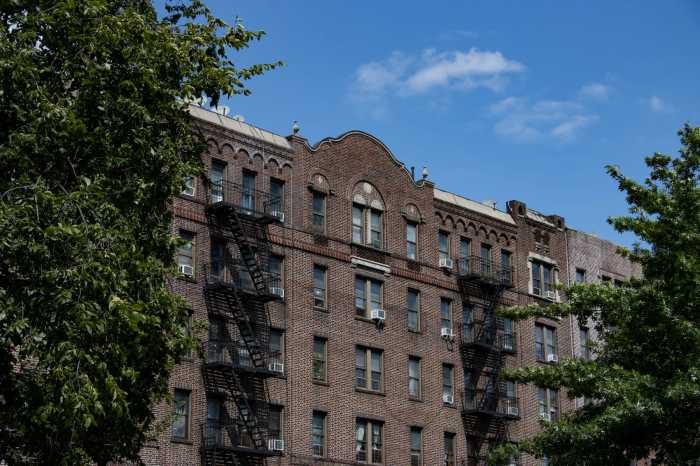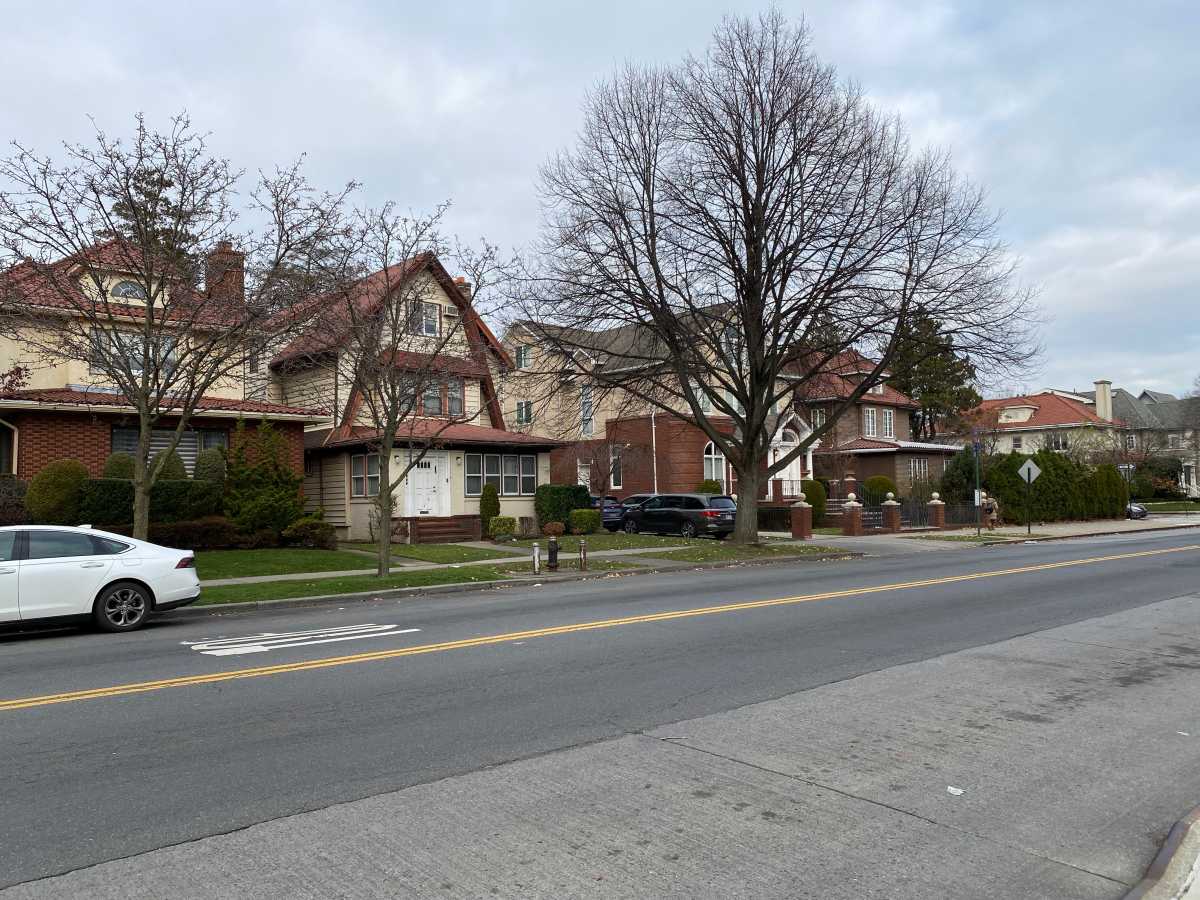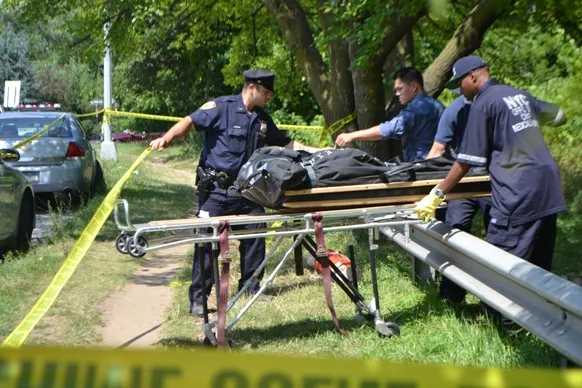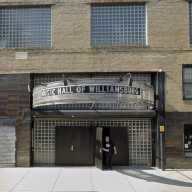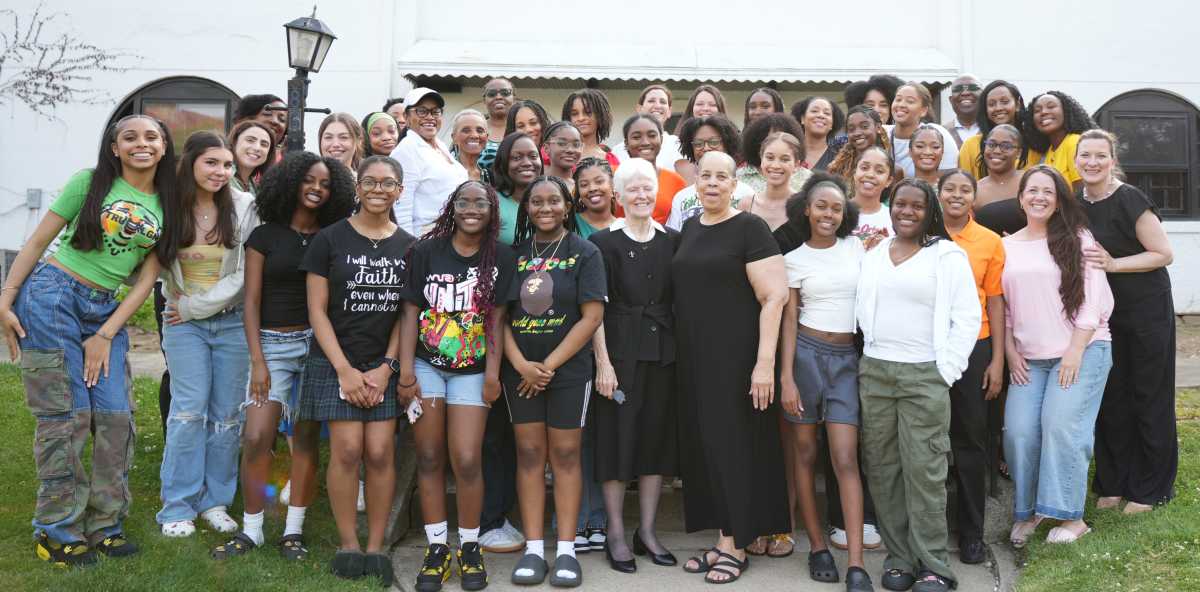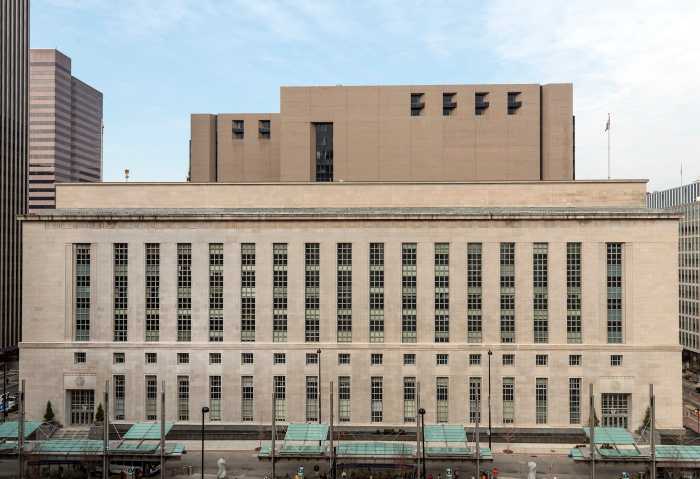A State Supreme Court justice opened a long-awaited legal challenge against Bruce Ratner’s Atlantic Yards mega-development last Thursday by grilling state lawyers over whether the project has a substantial enough “public benefit” to justify condeming privately owned buildings and turning then over to the developer.
“Can you tell me how a professional sports [facility] is a public use?” Justice Joan Madden asked Philip Karmel, a lawyer for the Empire State Development Corporation, at the three-hour-long hearing.
Madden said a professional sports arena “is primarily a profit-making [venture] for the owner of the team.”
The question of “public benefit” arose during discussion of whether the state was justified when it relied on the ESDC’s authority to override local land-use laws to build the project, which would create millions of square feet of office, commercial and retail space, 6,000 units of housing, a hotel and a 19,000-seat basketball arena at the intersection of Atlantic and Flatbush avenues, one of the busiest crossroads in the borough.
The lawsuit, filed last month by a coalition of 26 civic groups, argues that the ESDC overstepped its authority when it defined Ratner’s Atlantic Yards development as a “civic project” worthy of superceding local land-use laws that would have restricted its scale.
“[Defining Atlantic Yards as a civic project] mocks the clear intent of the statute that ‘civic projects’ be operated by and for the benefit of the public,” attorney Jeff Baker argued in the 77-page complaint.
Madden’s line of inquiry appeared to come as a surprise to Karmel and the half-dozen other state lawyers in attendance.
“We believe that going to a ballgame is a recreational activity, and having a ball team is a civic event,” Karmel said.
Legal experts said that Baker’s arguments were counter to the laws that govern state-sponsored economic development in New York.
“[Private] office buildings are built under [the ESDC’s laws for ‘civic projects’],” said David Reiss, a professor at Brooklyn Law School. If that is the case, Reiss continued, “a good argument can be made that an arena is also a civic project.”
Karmel told the judge that the $4-billion, residential, arena, retail and office project would bring “thousands of jobs” and new economic activity and tax revenue.
Baker argued that the ESDC had failed to fully document the project’s massive environmental impacts, or properly study alternatives to the project — which is required as part of the state’s environmental review process.
“They lied,” he said, referring to ESDC insistences that planners had studied alternative sites, including a proposed area in Coney Island, before settling on the Prospect Heights site.


